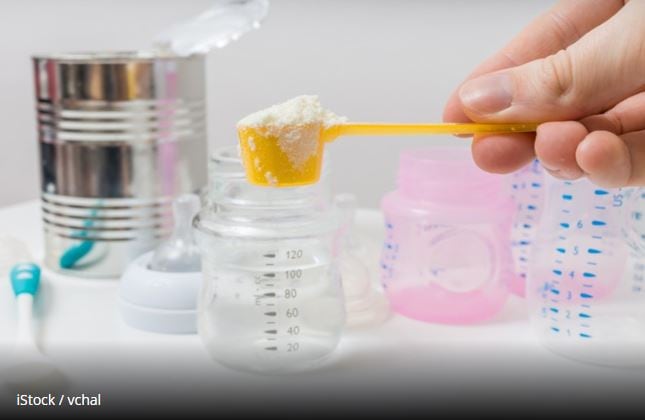The new legislation (2016/127 and 2016/128) looks to discontinue nutrition and health claims use on product labels, which the EU says will become cleaner with very few claims allowed.
Additionally, statements claiming benefits related to individual nutrients will be outlawed.
While the European Commission Delegated Regulation (EU) 2016/127 applies from 22 February, it does not apply to infant formula and follow-on formula manufactured from protein hydrolysates until 21 February 2021.
“For example, an infant formula cannot be linked to immune or gut health benefits (in either the presentation, labelling or advertising),” the regulation states.
“However, if there is some new scientific development, this science can be communicated to health professionals.”
Strict regulation
Infant formula and follow-on formula are amongst the most strictly regulated of all food stuffs. EU legislation, with current rules incorporating principles from the World Health Organization (WHO) Code of Breastmilk Substitutes.
Up until July 2016, Infant formula and follow-on formula were regulated by the 2009/39/EC European Framework Directive on ‘Foods for Particular Nutritional Uses’.
This legislation was then replaced by Regulation (EU) No 609/2013, otherwise known as the Regulation on ‘Foods for Specific Groups’ (FSG).
Under the FSG framework, the specific specialist Directive 2006/141/EC on infant formula and follow-on formula has been updated and will be replaced by Commission Delegated Regulation (EU) 2016/127.
Notable changes
This regulation extends restrictions on the use of claims and pictures of infants in the advertising and marketing of infant formula that aim to help manage feeding problems like reflux.
Other notable changes include the mandatory addition of docosahexaenoic acid (DHA), where a range of 20-50 milligrams per 100 kilocalories (mg/100 kcal) has been set.
Some other nutritional changes include an increase in the maximum levels for alpha-linolenic acid (ALA), and small increases in the minimum levels of copper, iodine, selenium, sodium, potassium, chloride, vitamin A, vitamin D and folic acid.
Other nutrients such as vitamin B6, biotin, vitamin C and vitamin K have had lower minimum levels set.
“Nutricia is working to ensure compliance to the regulations for all affected feeds, by this deadline,” says the firm - part of the Danone group that specialises in therapeutic food and clinical nutrition.
“We have done our best to limit these changes to minimise any impact for you or your patients.
“Nutricia is committed to being compliant with the new regulation by this deadline. You may therefore notice updated infant feeds on the market from the end of 2019 through to the middle of 2020, allowing for differences in production schedules and sell through of existing stock.”


